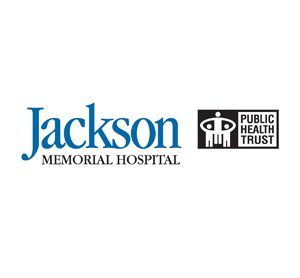Anyone who has suffered a burn knows that these types of injuries can be extremely painful. In many cases, however, burns can be avoided.
From a lit burner on a stove to a hot cup of coffee to an iron accidentally mishandled or left on, there are numerous items in your home that are potential burn hazards that can cause debilitating injuries and pain. According to the American Burn Association, 450,000 people were treated for burn injuries last year and nearly one-third of them were children. It is important to take burn safety precautions seriously in order to avoid dangerous situations and prevent injuries – especially when children are involved.
The leading cause of burn injuries among children is scalding from hot bath water, tipped over cups of coffee, hot foods, steam and cooking oils. Other common causes of burns are contact with flame or hot objects such as a stove or fireplace, chemical burns from household cleaning agents and other dangerous substances, and electrical burns from placing fingers or objects into electrical outlets. Children are also attracted to candles, matches and lighters, all of which should be kept out of their reach at all times.
Burns are categorized as first, second or third-degree, depending on the severity of the skin damage. Firstdegree burns, the mildest of the three, damage the top layer of skin. They produce redness, pain and minor swelling, and leave the skin dry without blisters. These burns often heal in less than a week.
Second-degree burns, which are more serious, cause blisters, severe pain and redness. These burns can take up to three weeks — and sometimes longer — to heal with appropriate treatment.
The most serious type of burn is third-degree, which affects all of the layers of the skin and sometimes the underlying tissue. With these types of injuries, the surface appears dry and can look waxy, leathery, white or charred. At first, the pain may be minimal because the nerves are damaged. Medical treatment is always necessary for these types of burns and most will require skin grafts, a surgical procedure in which healthy skin is taken from another part of the body and placed over the burn wound to help the area heal.
In the event that you or a loved one is burned:
• Pour cool – not cold – water on the wound to stop the burning process.
• Avoid using home remedies or ice, which tend to make the burn worse.
• Remove any clothing, diapers or jewelry around the injured area to avoid additional irritation.
• Cover the area with clean, loose bandages.
Although some burns are minor, most are serious and require immediate medical attention. In those cases, call 911 or go to the nearest emergency room or burn center.
The most critically injured burn victims in South Florida are treated at the University of Miami/Jackson Memorial Burn Center at the Ryder Trauma Center, the region’s only burn center that is verified by the American Burn Association – and one of just 65 in the United States. The medical team of specialized burn surgeons, nurse practitioners, nurses, psychologists and occupational and physical therapists use a comprehensive approach in the care of burn victims, with clinicians providing support throughout each patient’s hospital stay, rehabilitation, and even after they go home.
In addition to caring for burn victims, the UM/JMH Burn Center team also focuses on burn injury prevention by taking part in many community activities to raise awareness about the dangers that can lead to burns and help prevent these types of injuries. Burn prevention is simple if you educate yourself and those you love.
Safeguard your home, use common sense and good judgment, and teach your children that fire is dangerous and burns can be deadly.
For more information, go to <www.JacksonHealth.org> or call 305-585-1192.






